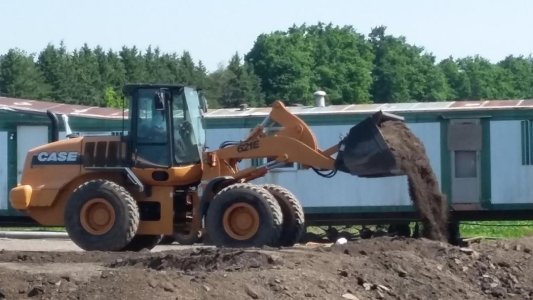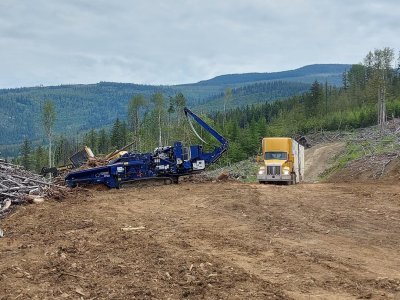- Thread starter
- #21
ippielb
Active VIP Member
- Joined
- Mar 4, 2011
- Messages
- 1,967
- Reaction score
- 3,605
- Location
- SE Saskatchewan
- Website
- www.youtube.com

Last October excavating a street with a 755k track loader. Taking asphalt first so we can take it to the dump for free. Then doing dirt so it can be brought in as clean fill for free.
Street was suppose to be a sidewalk rebuild and a plane and pave job for the asphalt crew. But even before the crew was done putting the sidewalks in the asphalt was failing. So putting the miller on it would’ve been pointless.









